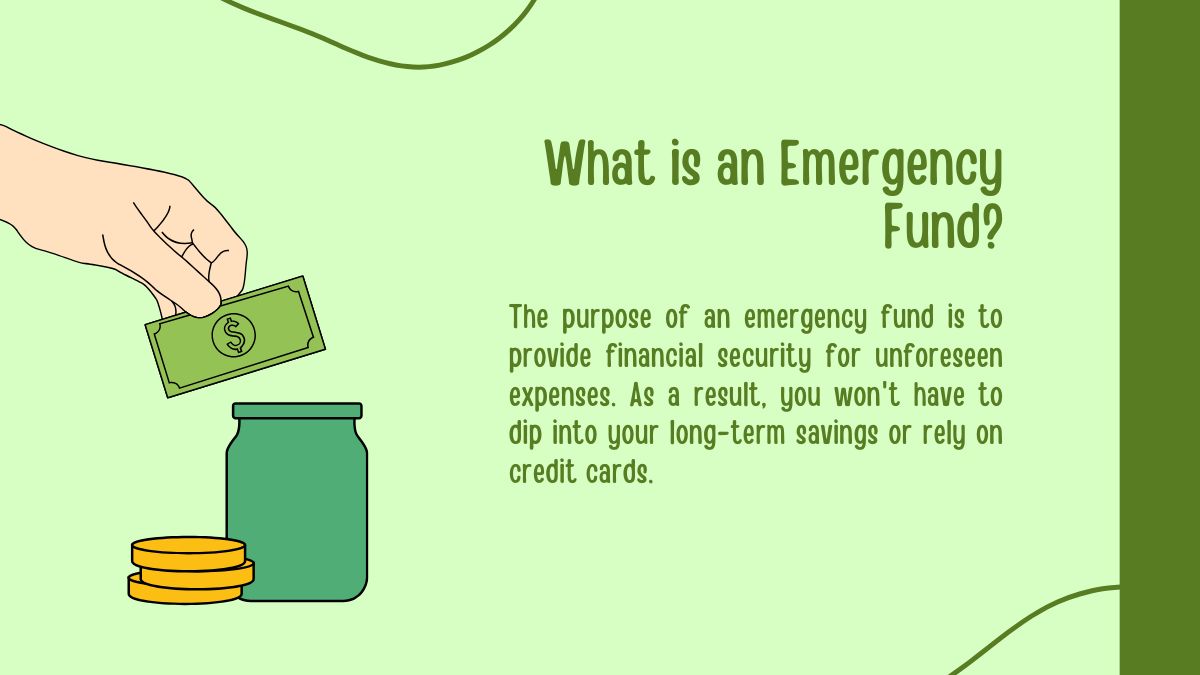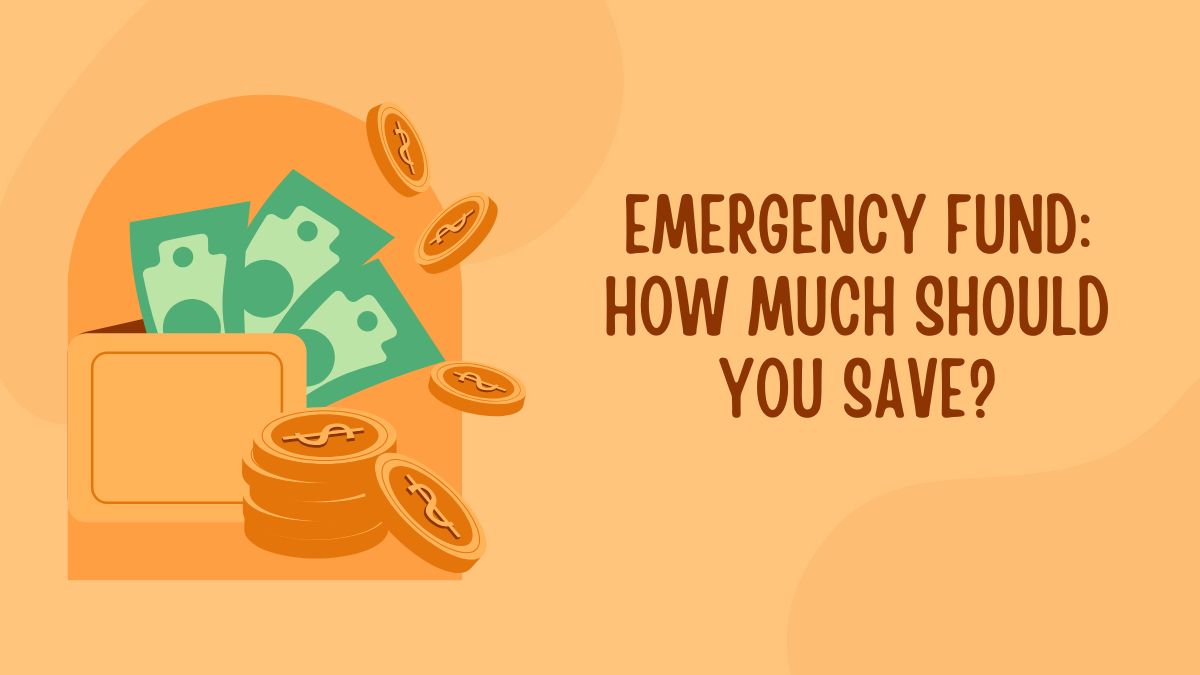We live in an uncertain world, and financial emergencies can happen at any time. When it comes to unexpected medical bills, job loss, or home repairs, having a financial cushion can make all the difference. An emergency fund can help in such a situation. But how much should you save? Let’s break it down.
What is an Emergency Fund?

The purpose of an emergency fund is to provide financial security for unforeseen expenses. As a result, you won’t have to dip into your long-term savings or rely on credit cards.
Why Do You Need an Emergency Fund?
- Peace of Mind: It reduces stress to know you have a financial backup in case of an emergency.
- Avoiding Debt: Credit cards and loans with high interest rates are avoided.
- Financial Stability: The purpose of an emergency fund is to protect your financial goals by providing a buffer in case of setbacks.
How Much Should You Save?
A healthy emergency fund depends on a number of factors, such as your financial situation, lifestyle, and risk tolerance. The following general guidelines should be followed:
1. Start Small and Build Gradually
As a newbie, try to set a modest goal, such as Rs 50k. Minor emergencies, such as car repairs or sudden medical expenses, can be covered with this amount.
2. Three to Six Months of Living Expenses
According to financial experts, you should save enough to cover three to six months of essential living expenses. Estimate your monthly expenses, including:
- Rent or mortgage payments
- Utilities
- Groceries
- Insurance premiums
- Minimum debt payments
For example, if your monthly expenses total Rs. 2500, your emergency fund should ideally be between Rs. 7,500 and Rs. 15,000.
3. Consider Your Job Security and Income Stability
- Stable Income: The 3-month fund may be sufficient if you have a steady job and reliable income.
- Unstable Income: If you are a freelancer, gig worker, or work in an industry that is volatile, you should give yourself a 6-12 month cushion.
4. Personal Factors to Account For
- Family Size: Families with larger expenses may need a larger fund.
- Health Concerns: Plan your savings accordingly if you or a family member have ongoing medical needs.
- Location: A large fund might be needed if you live in a high-cost area.
Where Should You Keep Your Emergency Fund?
The emergency fund should be easily accessible but should be kept separate from your regular checking account. Ideal options include:
- High-Yield Savings Account: Offers easy access and earns interest.
- Money Market Account: Combines features of savings and checking accounts with competitive interest rates.
- Short-Term Fixed Deposits: Provides slightly higher returns with limited access.
Tips to Build Your Emergency Fund
- Set a Monthly Savings Goal: Your emergency fund should be allocated a fixed amount every month.
- Automate Savings: Make sure transfers are automatic to ensure consistency.
- Cut Unnecessary Expenses: Spend less on non-essential items.
- Use Windfalls Wisely: Your fund will receive direct bonuses, tax refunds, or unexpected income.
When to Use Your Emergency Fund?
You should only use your emergency fund for genuine emergencies, such as:
- Medical emergencies not covered by insurance
- Urgent car or home repairs
- Job loss or sudden income loss
- Avoid using it for non-essential expenses like vacations or shopping.
- Replenish Your Fund After Use
When your emergency fund has been depleted, make sure to replenish it as soon as possible. Continue to contribute until you reach your target amount.
Read more:
- 9 Proven Ways to Pay Off Debt Faster and Stress Less About Money
- UPI vs. Credit Card: Which is Better?
Conclusion
Financial security begins with an emergency fund. Aim for 3-6 months’ worth of essential expenses, although the amount depends on your circumstances. The more you prepare and maintain a safety net, the better equipped you will be to handle life’s surprises without compromising your financial future. Make small changes, stay consistent, and you’ll see your financial resilience grow.

